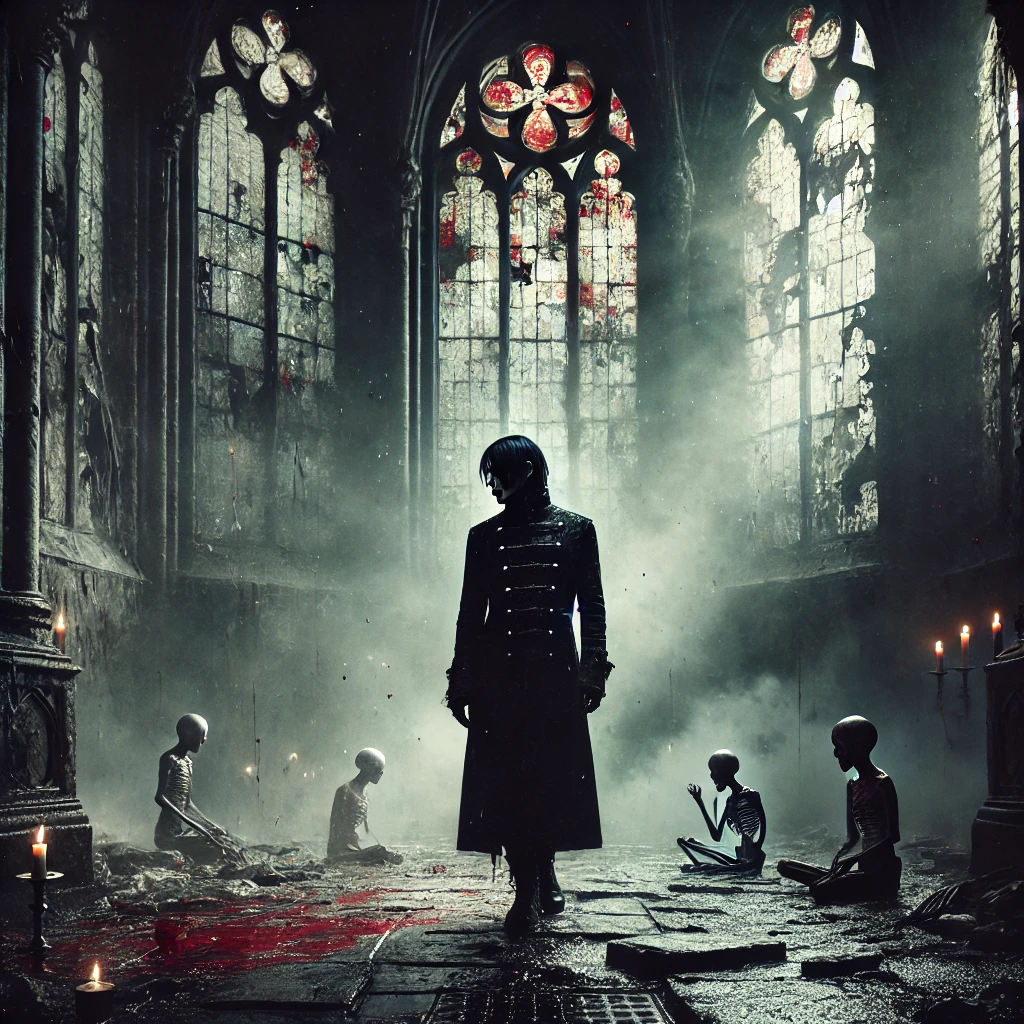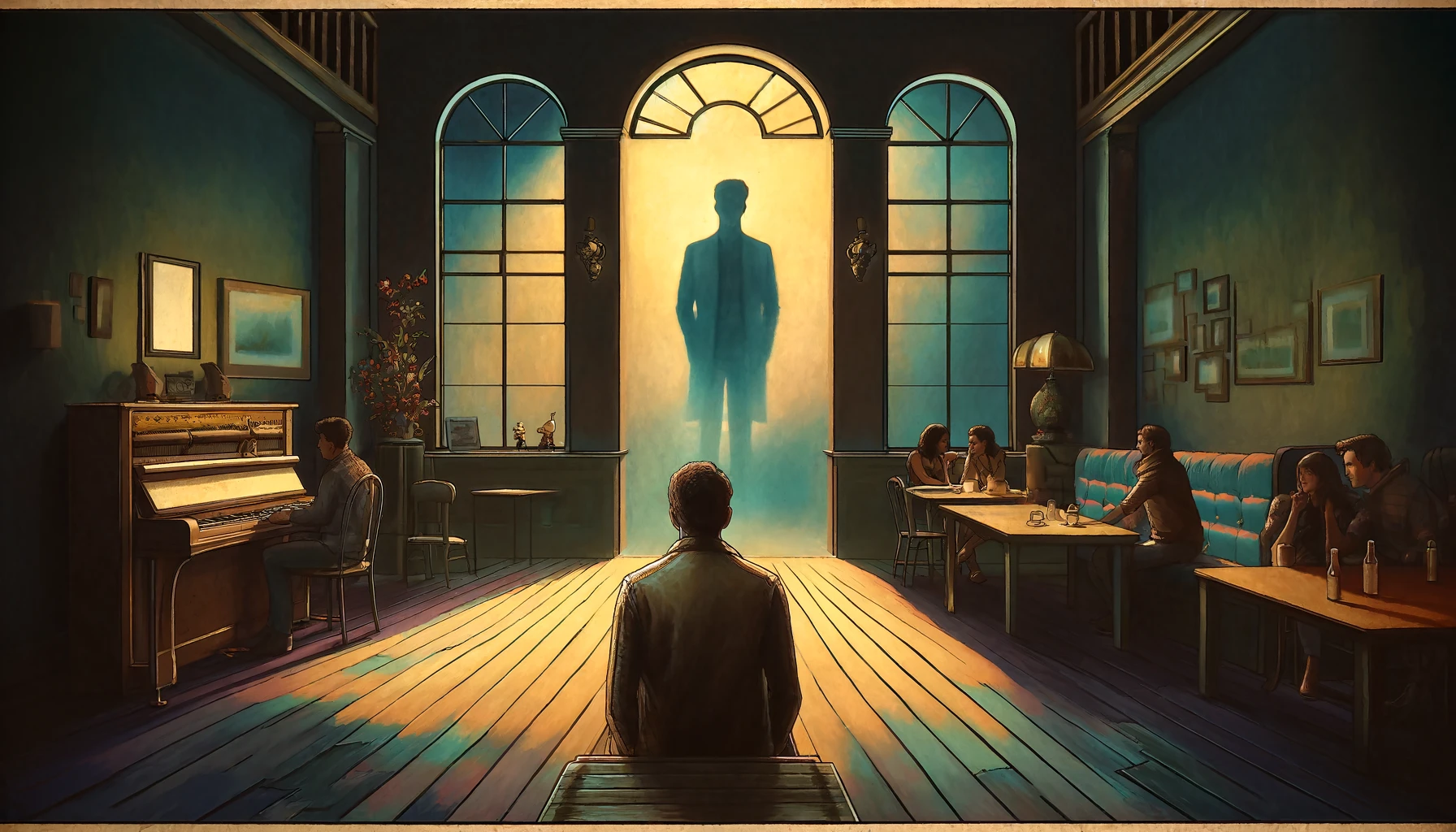Marilyn Manson’s “Death is Not a Costume” carries the signature elements of his work—haunting imagery, existential reflection, and a sense of being trapped between divinity and damnation. The song wrestles with themes of identity, betrayal, and the inescapability of one’s fate, all wrapped in a poetic yet foreboding tone.
Themes & Interpretation:
- Rejection of Superficial Identity (“It’s not a costume”)
The repeated assertion that “Death is not a costume” suggests a disdain for those who wear suffering or darkness as a fashion statement. Manson, having long embodied themes of death, destruction, and rebirth, could be addressing critics or individuals who trivialize his persona. He is not merely performing darkness—it is intrinsic to his existence. - Damnation & Divine Conflict (“Cross my name off the devil’s to-do list”)
The imagery of being removed from the Devil’s black book and leaving one’s fate in “the mouth of God” evokes a struggle for redemption. It implies that despite past sins or associations, there’s a desire to break free from a predetermined role in the grand cosmic scheme. - Loss & Regret (“I wish I knew you when you were alive”)
This line introduces a sense of mourning—whether for a person, a version of himself, or an era that no longer exists. It suggests a longing for connection before destruction took hold, making the song feel like a lament rather than just defiance. - Disillusionment & Exposure (“You’ve got cracks in your magic and blood on your hands”)
This could be a direct challenge to false prophets, manipulators, or those who have betrayed him. The phrase implies that the illusion of power is breaking, and the truth—stained with guilt—is becoming visible. - Light vs. Darkness (“I’ll break your sunshine to scare my shadow away”)
This is one of the most poetic lines in the song. It suggests an act of defiance—obliterating sources of hope or happiness to remain in a space of darkness. Shadows only exist where there is light, and by destroying that light, one might eliminate the haunting presence of their past.
Final Thoughts:
“Death is Not a Costume” feels like a raw, self-aware anthem of defiance and sorrow. It critiques those who treat suffering as aesthetic while simultaneously mourning something—or someone—lost. The cyclical structure of the lyrics, with repeated refrains and imagery, mirrors the idea of being trapped in a loop, unable to escape fate.
Manson, ever the provocateur, uses death not as a theatrical prop but as an inescapable truth—one that cannot be worn or removed at will.

